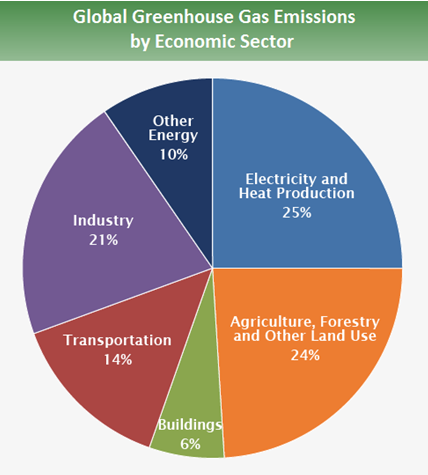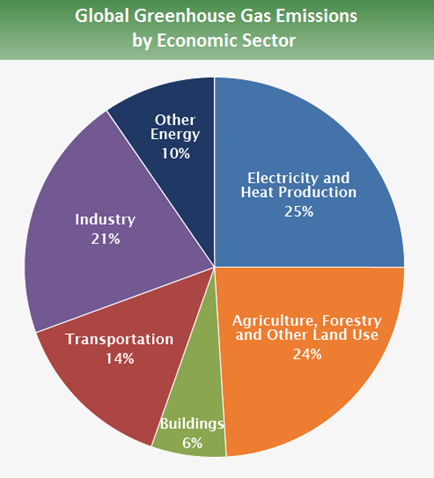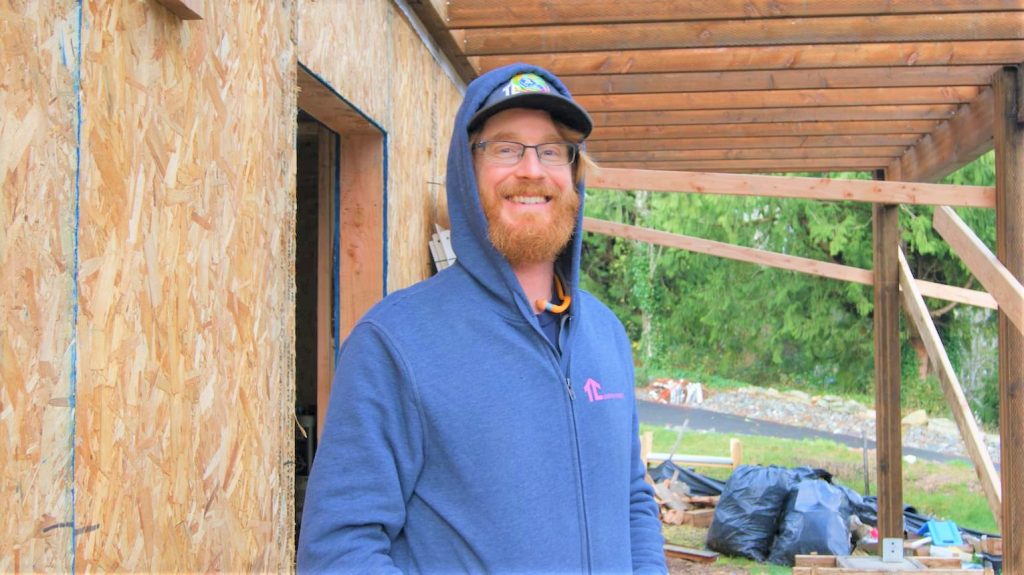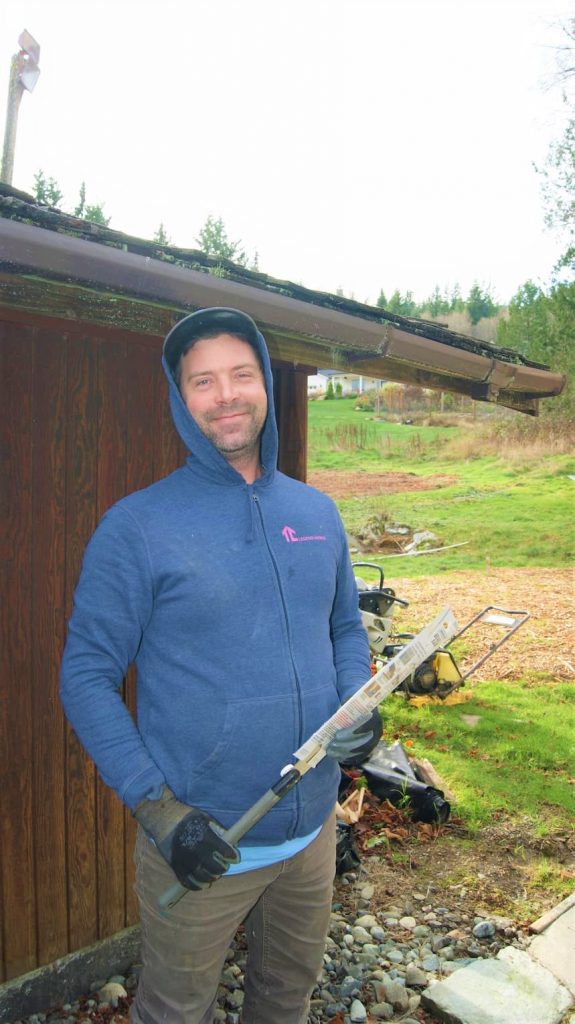
Why Sustainable Housing is Important
by Nicole Miller | Feb 23, 2024
To answer why sustainable housing is important, we first have to add context to the question. Each year Washington State adds roughly 35,000 to 43,000 new housing units to the market. However, to keep up with housing demands, we need to be building at least 50,000 new units each year in the state alone. Nationwide, that equates to needing upwards of 3 million new housing units each year. However, the construction industry accounts for a huge portion of the greenhouse gas emissions (GHGs) nationwide and globally accounts for roughly 37% of the CO2 emitted each year. Imagine if we made just a portion of those new homes more sustainable. The amount of CO2 we could save from being emitted into the atmosphere could have a profound impact on the future health of our planet.

Source: IPCC (2014)
Delving even deeper, there are many different ways the construction industry impacts the overall GHG emissions. As the above chart shows, there’s a sector just for “Buildings,” which consists of the GHG emissions caused by the daily use of buildings such as cooking, heating, waste management, and providing electricity to a building. In construction, we also need to consider the GHG emissions that are produced during the process of building the homes and making all of the materials. That means that, during construction, we are also emitting GHGs from the “Industry,” “Electricity and Heat Production,” “Forestry and Land Use,” and “Transportation” sectors. Altogether, this makes up over a third of all GHG emissions.
In addition to GHG emissions, the production of every material, the deforestation to clear a jobsite, the excavation of a site – all of it has an impact on the environment as well. Deforestation for materials or land removes habitat from the ecosystem, and contributes to erosion which can impact our waterways, as well as impacts the albedo of that plot of land. Producing different materials may require mining out precious metals, minerals, or rocks which has a whole slew of negative impacts on the environment from habitat destruction to the leeching of pollutants into our waterways (think about Flint, MI). Beyond mining, the actual production and delivery of the material takes a lot of energy, produces waste, and can produce a multitude of different pollutants, not just CO2.
If you think about it, every item you choose for your home will have some level of impact on the environment. So, when we talk about sustainable housing, we are thinking about each of these materials and what choices we can make that will lessen our overall impact.
Finally, once a construction project is complete, the building itself will continue to impact the environment. Remember the “building” portion of the pie chart above? When we are building sustainably, we are also thinking about post-construction and how the home will perform sustainably. We want to make the home as energy efficient and water efficient as possible, to lessen those respective environmental impacts after move-in. Of course, the less energy the home is using while occupied, the less GHG will be emitted in order to create that energy. If renewable energy is used to power a home, then that also helps reduce the GHG emitted, but we still want to aim for decreasing the overall energy use since every energy source we use will emit GHGs in some way, some just naturally less than others. We also want to reduce the water consumption of a home while occupied, as clean water is a finite resource, and we are rapidly draining our valuable aquifers and the glaciers that supply our rivers are melting and not returning. Therefore, it’s critical that we reduce our overall water usage.
So, to answer why sustainable housing is important, we have to look at the cumulative impact of the construction industry. Simply speaking, sustainable housing helps us minimize negative environmental impacts from pre- to post-construction, not just to reduce electricity consumption or because of climate change.
At TC Legend Homes and Powerhouse Designs, we are committed to building only net zero energy homes or net zero energy ready homes and are actively working to reduce our home’s overall carbon footprint for a carbon neutral future!
If you’re interested in learning more about our net zero energy homes or want to get started designing your very own net zero energy home, contact us today! We also offer pre-made net zero energy home plans!







Recent Comments